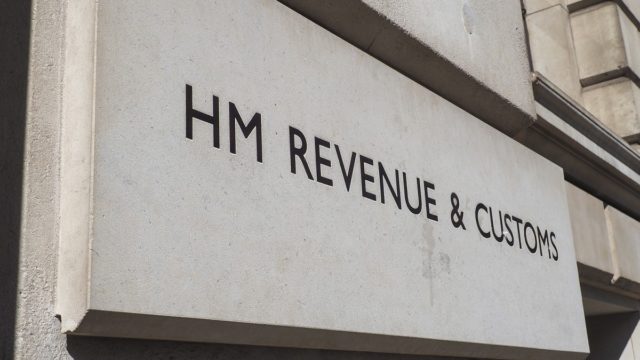Improving infrastructure
 Pub. Date
Pub. Date
 Pub. Type
Pub. Type

Infrastructure investment can substantially increase a nation’s capital stock and thereby boost productive, or supplyside, potential. It can also be useful as a tool in macroeconomic stabilisation, while public spending on quality infrastructure projects has been shown to have significantly greater multiplier effects than tax cuts – so the case for an increasing spend is not undermined by a country’s overall debt level.
These arguments are especially apposite for post-Brexit UK. Britain’s investment performance in general has been especially poor since the 2016 EU referendum. Fixed capital formation as a proportion of GDP is low by international standards, while the government’s share of fixed capital formation, at 2.5 per cent, is also below average. It would make sense to target an increase in public and private infrastructure spend to 3.5 per cent of GDP which is the OECD’s recommended level.
While major infrastructure projects continue to generate controversy on grounds of cost overruns and other issues, UK policy-makers have recently taken a more constructive approach to infrastructure development, notably with the creation of an independent National Infrastructure Commission.
But the UK’s infrastructure remains unsatisfactory, with significant parts of its energy, water, transport and communications networks in need of renewal or replacement, and infrastructure project delivery remains poor. In summary, much of Britain continues to operate well into the 21st century largely with 20th century, sometimes 19th century, infrastructure assets that are creating bottlenecks, crimping productivity, putting off potential foreign investors, undermining the economy’s competitiveness, increasing inequality, and leaving the economy ill-equipped to face future challenges such as Brexit and climate change.
The government needs to be bolder, setting out a more ambitious set of priorities including energy projects, regional spending, and fostering capital recycling and private sector investment. A still more ambitious, but eminently feasible, proposal would be to establish a National Investment Bank to offer project guarantees, recommend user fees, lend to projects with the proceeds of National Investment Bonds and simplify planning among other tasks. In a serious downturn, with monetary policy exhausted, the NIB could also help to co-ordinate and finance a response.





















